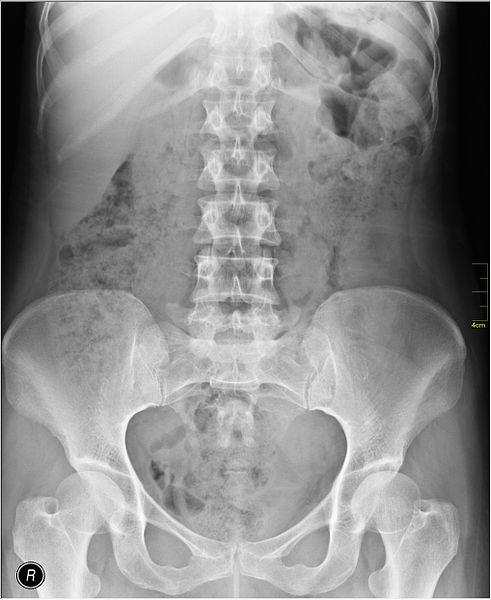It is not uncommon, when seeking care from a chiropractor, to receive X-rays of the back. X-rays are a key component of the chiropractic practice. (1)
A chiropractic organization, the International Chiropractors Association (ICA), states that "radiography is a scientifically proven, clinically valid and appropriate method to evaluate multiple aspects of human spinal anatomy, identify vertebral subluxations, altered spinal biomechanics, postural misalignments, pathology and in providing information and safeguards in rendering chiropractic care in clinical practice."
However, there are people in the medical community who question whether this is necessary and ethical. Some of the questions come from a campaign of the medical community called Choosing Wisely - a program created by the American Board of Internal Medicine (ABIM) in 1989.
The goal of Choosing Wisely is to support the communication between clinicians and patients by helping patients accurately assess and choose care that is:
- Supported by evidence
- Not duplicative of other tests or procedures already received
- Free from harm
- Truly necessary
In order to do this, medical providers were asked to identify tests or procedures used routinely in their field that could fall under the category of questionable necessity. The list can be found here. It is meant to serve as a jumping off point for a conversation to discuss whether a test or treatment is appropriate for you or your family member.
It is not surprising that routine X rays from chiropractors, that deliver radiation to the patient, do not fall under the category of a "wise choice." Because X rays are a routine part of chiropractic care, the ICA has issued a response to the idea of choosing wisely - "ICA Recognizes Radiographic Studies Are the Standard of Practice in Chiropractic" - that encourages chiropractors to "raise their voice and be heard."
They state that their evidence supports
"an extensive list of clinical indications for taking an x-ray image of the patient such as suspected subluxation, history of trauma, including birth trauma, motor vehicle accidents, falls, postural and for the procedure by chiropractic profession to identify multiple clinical components including fractures, congenital, developmental, postural biomechanical and degenerative conditions, ruling out pathologies, assess the indications for appropriate options in performing a chiropractic spinal adjustment for both the acute and non-acute patient. The ICA's Best Practices and Practice Guidelines also support comparison x-ray studies to effectively utilize certain techniques as it provides valuable information detailing the effects of the chiropractic adjustment and to assess and anticipate the patient's response to care and future progress."
One problem with this stance is that X rays use electromagnetic radiation that penetrates soft tissue and does not capture it on film. Therefore, an X-ray will typically not show any abnormalities involving ligaments - including herniated discs, bulging discs, sciatica, pinched nerves or disorders affecting the spinal cord.
But, the ICA is assuring their practitioners that "we will aggressively support the use of radiography in the ethical and evidence-based practice of chiropractic. We look forward to standing with you against this unfortunate, divisive and needless affront to the profession."
Although not all chiropractors agree with the stance of the ICA (2), it may be time for patients to ask themselves if unnecessary X-rays at the chiropractic office are a wise choice for them.
Notes:
(1) The website www.trychiropracticfirst.com states "Your doctor of chiropractic will likely discuss taking x-rays of your spine before beginning your program."
(2) A separate chiropractic organization, the American Chiropractic Association (ACA), adopted the Choosing Wisely guidelines on August 15, 2017. You can read the ACA's list of recommendations for the Choosing Wisely Campaign here.




